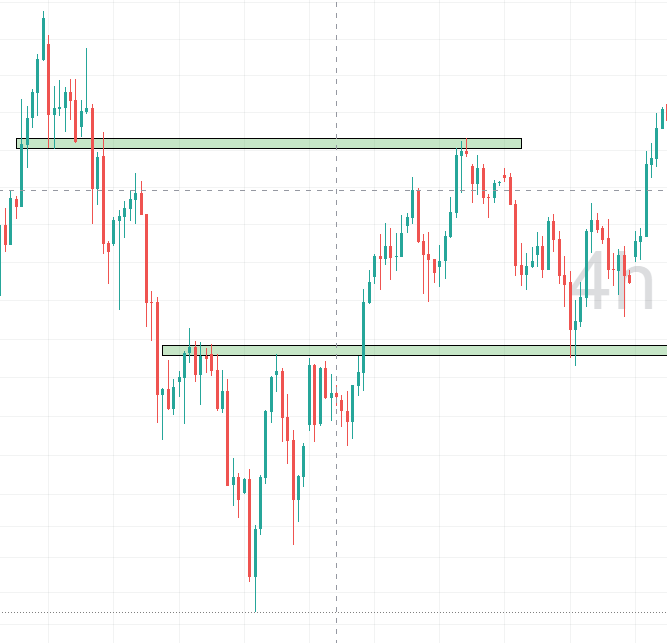Introduction
Financial markets move in waves, and liquidity zones represent areas where buy and sell orders accumulate. When price reaches these zones, it often reacts strongly before continuing in its trend. The central question for traders is whether to enter a trade on the first move or wait for a liquidity test.
Darren’s Perspective
Darren emphasizes aligning with market direction rather than focusing excessively on risk-reward ratio (RRR). According to his view, both early entries and post-test entries can be profitable. By averaging positions, a trader can reduce overall exposure and still capture directional moves without being restricted by RRR calculations.
Doğan’s Perspective
Doğan highlights the importance of liquidity tests. For him, when the price fails to test a liquidity zone, the move is fragile and prone to reversal. Entering after a test is more reliable because the zone proves itself. However, this often means entering later with a less favorable RRR.
The Partial Trade Strategy
The partial trade strategy combines both schools of thought:
- First Entry: On the breakout or initial move. Higher risk but potentially higher reward.
- Second Entry: After the liquidity test, offering safer entry but reduced RRR.
- Result: Average trade cost is optimized, exposure is spread, and the trader benefits from both early and confirmed opportunities.
Chart Example
In the chart example:
- Price rallies into a supply zone.
- A sharp reversal takes place.
- Price retests a demand zone, absorbing liquidity.
- The trend resumes upward.
This sequence demonstrates why combining early and late entries with partial position sizing can create balanced results.
Multi-Timeframe Application
Different timeframes offer different advantages:
- M30 (30-minute): More frequent liquidity tests, suitable for scalpers and short-term traders.
- H4 (4-hour): Fewer but stronger signals. Entries here cover larger moves with wider stops.
By entering partially on M30 for precision and confirming with H4 signals, traders can combine short-term accuracy with long-term direction.
Advantages and Limitations
- Advantages: Diversifies entries, reduces fear of missing out, and balances aggressive vs. conservative trading styles.
- Limitations: Average RRR is lower and requires more complex trade management.
Conclusion
Liquidity zones are essential markers of market behavior. Traders face a choice: take an early entry with higher risk or wait for confirmation after a liquidity test. The partial trade strategy unifies these methods, offering flexibility and stability. As Darren suggests, profitability depends less on strict RRR and more on execution and consistency. When applied across multiple timeframes, this method can provide a robust edge in volatile markets.
Glossary
- Liquidity Test: Price revisiting a supply or demand zone to absorb resting orders.
- RRR (Risk-Reward Ratio): The relationship between potential loss and gain.
- Partial Trade: Splitting a trade into multiple entries or exits to balance risk and reward.
References: Darren (transcripts), Al Brooks (Price Action Trading books).
Disclaimer: This article is for educational purposes only and does not constitute financial advice.
For more educational content, visit dominionfx.net. To learn more about price action trading, check resources like Investopedia.
